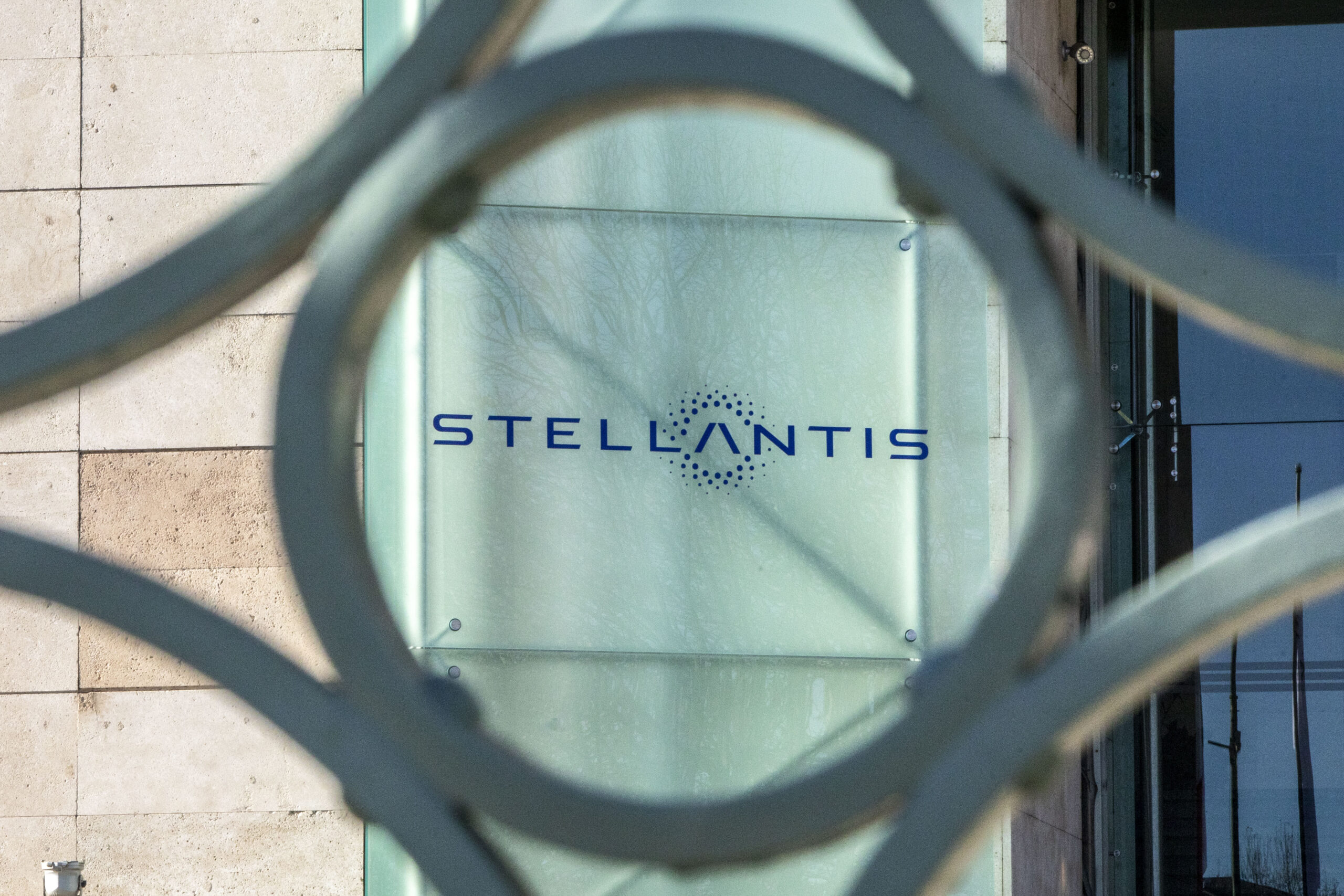Because Stellantis increasingly resembles a mining company

Stellantis has reviewed its procurement strategy for critical metals and materials, from lithium to semiconductors, essential for electric mobility and increasingly in demand. The Le Monde article
On Thursday 28 September, at the invitation of the International Energy Agency, forty-seven countries gathered in Paris to discuss a new "critical metals diplomacy", to guarantee everyone access to the raw materials necessary for the success of the energy transition . Without waiting for political initiatives, large companies took the lead. As a global group born from the merger of Fiat Chrysler and Peugeot-Citroën in 2021, every month Stellantis announces an investment in a mining project or the creation of a joint venture with a semiconductor supplier. Maxime Picat, appointed Director of Purchasing and Supply Chain of the Group in June 2022, has made this his priority – we read in the article in Le Monde .
For Stellantis (and not only) everything is changing
“For years we have built cars with sheet metal, plastic and engines whose parts came from suppliers dedicated to the automotive industry. It was enough to say that we wanted to make 7 million cars and we would have gotten 7 million of each piece,” explains this chief lieutenant Carlos Tavares. With new vehicles, rich in electronics, and even more so with electric cars, whose batteries require rare chemical components, everything is changing.
“For electronics and chemical suppliers, the automotive industry represents only a small part of the business,” says the purchasing director. For Taiwanese chipmaker TSMC, the sector represents just 4%, as confirmed by a study by strategic consultancy firm Roland Berger. In terms of battery chemistry, Roland Berger indicates that there will be enough lithium to meet the industry's needs in 2030, but probably not enough processed materials, such as lithium carbonate or nickel sulfate.
Geopolitical constraints
Added to this are new geopolitical constraints: Joe Biden demands that vehicle batteries sold in the United States include at least 40% minerals extracted or processed locally, a percentage that will rise to 80% by 2027. We must therefore create a new industry in American continent. In France, from 1 January 2024 an environmental score will be introduced which may or may not give access to bonuses for the purchase of a "wattage", also encouraging producers to relocate.
Stellantis' purchasing department – which employs 4,500 people worldwide and manages orders worth 120 billion euros – has been reorganised. A raw materials division was created, with engineering expertise. We are constantly looking for where there might be a problem: a lack of resources, a process managed by an insufficient number of actors (refining materials, for example),” explains Maxime Picat. When we identify it, we look for alternatives and, if necessary, invest directly.”
Since June 2022, Stellantis has made one announcement after another. It became the second largest shareholder in Vulcan Energy, an Austro-German company that extracts lithium from Alsace. It invested almost 100 million euros in a similar project of the American CTR group in California and acquired an 11.5% stake in the Australian company Alliance Nickel, with the promise of privileged access to nickel cobalt sulphate.
“Developing your own semiconductors”
To secure the production of battery cathodes, Stellantis signed agreements with the Australian Element 25 Limited and the Finnish Terrafame, two suppliers of manganese sulphate, and, paying 155 million euros, became the second shareholder of the American company McEwen Copper (copper supply). If we add to this the investment of 5 million euros made in June in the Norwegian company Kuniko (exploration of nickel, cobalt and copper) and the partnership with NioCorp, which is exploring the United States to extract rare earths essential for electric motors , Maxime Picat promises to have “already secured [his] nickel, lithium and cobalt needs until 2027, and beyond: we are broadening the horizon.”
At the same time, the purchasing director led a major project to lock in 10 billion euros of semiconductor supplies for the Group between now and 2030. “If Tesla is growing faster than its competitors, it is partly due to the priority given enjoys among producers,” observes Roland Berger's study. Elon Musk's company works upstream with its electronics partners. It is reducing the number of chips by centralizing functions. Stellantis is also making an effort. “Suppliers want to talk to their end customers, and so do we,” observes the purchasing manager, who is entering into partnerships “to be able to develop our semiconductors in the future.”
This strategy requires colossal investments. The consultancy firm drew conclusions, including the cost of building gigafactories for batteries: long before everyone else, Tesla announced that it wanted to spend 500 billion dollars (476 billion euros), ahead of Volkswagen (112 billion of dollars), Toyota (70 billion), Ford (50 billion), Daimler (47 billion) and Stellantis (35.5 billion).
(Extract from the eprcommunication press review)
This is a machine translation from Italian language of a post published on Start Magazine at the URL https://www.startmag.it/smartcity/stellantis-metalli-critici/ on Sun, 08 Oct 2023 07:31:14 +0000.
